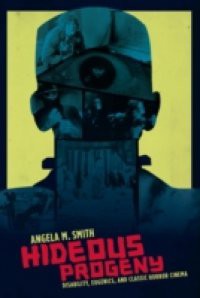Twisted bodies, deformed faces, aberrant behavior, and abnormal desires characterized the hideous creatures of classic Hollywood horror, which thrilled audiences with their sheer grotesqueness. Most critics have interpreted such traits as symptoms of sexual repression, or as metaphors for other kinds of marginalized identities, but Angela M. Smith conducts a richer investigation into the period's social and cultural preoccupations. Presenting an altogether different reading, she finds in the narrative and spectacle of classic 1930s horror a fascination with eugenics and physical and cognitive debility, heightened by viewers' own desire for visions of vulnerability and transformation.

